KAWASAKI NINJA 650
Kawasaki’s Ubiquitous Midrange Ninja is Better Than Ever
(Adapted from Kawasaki Malaysia’s Media Release)
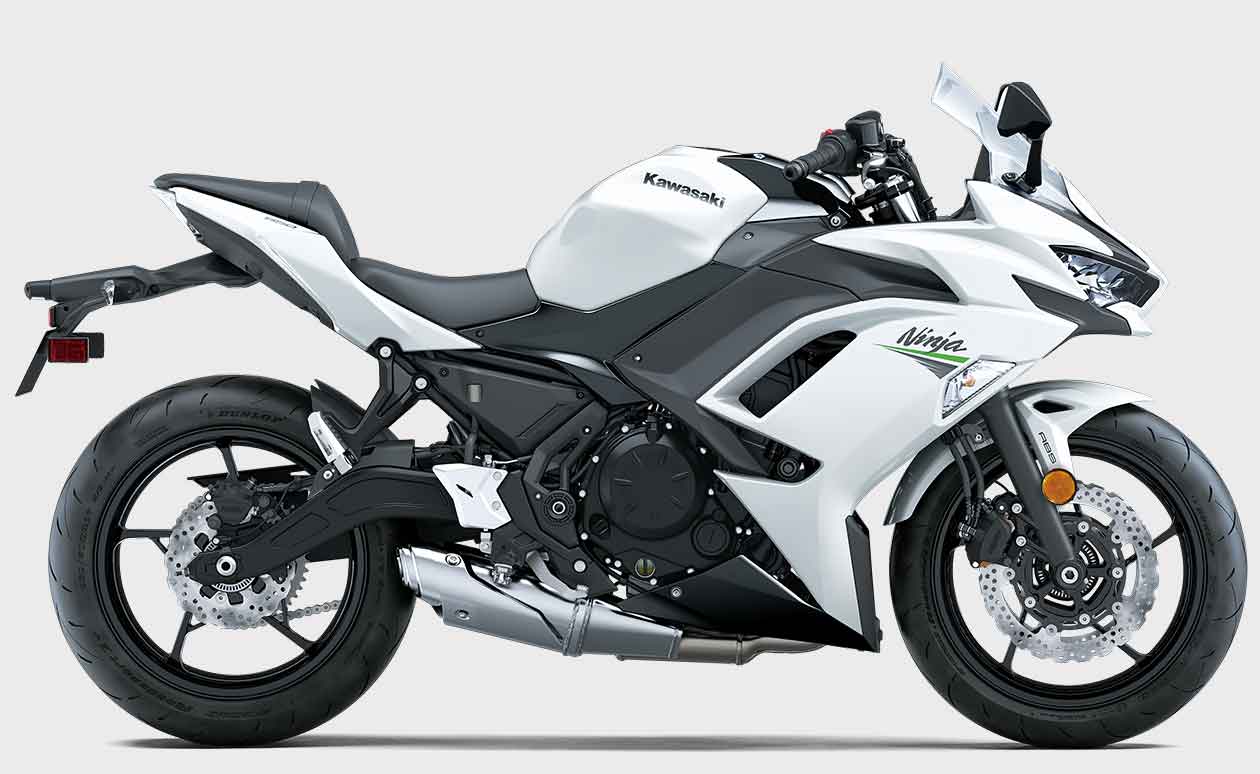
The previous iterations of the Ninja 650, better known as the ER-6f in Malaysia, was certainly the most ubiquitous big bike in Malaysia and was arguably the very bike that started the “Big Bike Revolution.”
Its lineage could be traced back to the EX500 of the late 80’s, and the ER-6f featured a throbbing 180-degree parallel-Twin engine wrapped in a steel tubed perimeter frame.
Well, the ER-6f has definitely grown up and what a handsome bike its grown up to be!
Now called the Ninja 650, the new bike is a properly light and nimble middleweight, featuring the a new version of the responsive and torquey 649cc engine, housed in the lightweight chassis and wrapped in a sharp styling inspired by Kawasaki’s supersport models (read: ZX-6R and ZX-10R).
Despite its aggressive visage, the new Ninja 650 is a stylish and practical answer to the needs of a growing audience. Appealing to those new to two wheels or moving from either a smaller or larger capacity machine, the Ninja 650 offers both sporting performance and weekday in-town versatility.
One of the key components to realising the new Ninja 650’s lighter weight is the all-new trellis frame. The trellis frame weights only 15kg and contributes significantly to the bike’s light, nimble handling. The lines of the frame were made as straight as possible and when bends were necessary, their angles were made as small as possible, resulting in a design that disperses stress extremely well.
Sudden over-application of the brakes or braking on low-grip surfaces (surfaces with a low coefficient of friction) such as wet asphalt or manhole covers may cause a motorcycle’s wheel(s) to lock up and slip. ABS was developed to prevent such incidents. Kawasaki ABS systems are controlled by high precision and highly reliable programming formulated based on thorough testing of numerous riding situations. By ensuring stable braking performance, they offer rider reassurance that contributes to greater riding enjoyment.
Compared to Kawasaki’s traditional Uni-Trak rear suspension, which mounts the shock unit vertically, with Horizontal Back-link rear suspension, the shock unit in the Ninja 650 is almost horizontal. Kawasaki’s original suspension arrangement locates the shock unit very close to the bike’s centre of gravity, greatly contributing to mass centralisation. And because there is no linkage or shock unit protruding beneath the swingarm, this frees up space for a larger exhaust pre-chamber (an exhaust expansion chamber situated just upstream of the silencer). With a larger pre-chamber, silencer volume can be reduced, and heavy exhaust components can be concentrated closer to the centre of the bike, further contributing to mass centralisation. The result is greatly improved handling. Another benefit is that the shock unit is placed far away from exhaust heat to adversely affect suspension oil and gas pressure, resulting in a more stable suspension performance.

The liquid-cooled, DOHC, 8-valve, fuel-injected, 649cc, new parallel-Twin engine with fuel injection delivers smooth, responsive performance, especially in the low and medium rpm ranges. The power delivery is very smooth below 3,000 rpm while the power and torque rises without dropping above 6,000 rpm.
Based on feedback from racing activities, the Assist & Slipper Clutch uses two types of cams (an assist cam and a slipper cam) to either drive the clutch hub and operating plate together or apart. Under normal operation, the assist cam functions as a self-servo mechanism, pulling the clutch hub and operating plate together to compress the clutch plates. This allows the total clutch spring load to be reduced, resulting in a lighter clutch lever feel when operating the clutch. When excessive engine braking occurs – as a result of quick downshifts (or an accidental downshift) – the slipper cam comes into play, forcing the clutch hub and operating plate apart. This relieves pressure on the clutch plates to reduce back-torque and helps prevent the rear tyre from hopping and skidding.
Late-model sport bikes often use large-bore throttle bodies to generate high levels of power. However, with large diameter throttles, when a rider suddenly opens the throttle, the unrestricted torque response is anything but gentle and often more than the rider can handle. Dual throttle valve technology was designed to tame engine response while contributing to performance. On fuel-injected models, throttle bodies generally have only one throttle valve per cylinder. On models with dual throttle valves, there are two throttle valves per cylinder: in addition to the main valves, which are physically linked to the throttle grip and controlled by the rider, a second set of valves, opened and closed by the ECU, precisely regulates intake airflow to ensure a natural, linear response. With the air passing through the throttle bodies becoming smoother, combustion efficiency in improved and power is increased. Like other Kawasaki engine management technology, Dual Throttle Valves were designed with the philosophy of “following the rider’s intention, while providing natural-feeling support.” They are featured on many Kawasaki models.

Using high-precision electronic control for engine management, the Kawasaki Ninja 650 can achieve a high level of fuel efficiency. However, since fuel consumption is greatly affected by throttle use, gear selection, and other elements under the rider’s control, the Economical Riding Indicator is a function which indicates when current riding conditions are consuming a low amount of fuel. By riding so that the “ECO” mark remains on, fuel consumption can be reduced, which is also a handy way to increase cruising range. Further, keeping fuel consumption low also helps minimise negative impact on the environment.
The Ninja 650’s upright position and fine-tuned rider triangle offer both control and comfort. Thanks to the 790mm low seat and the bike’s overall slim design, it’s easy to keep feet firmly on the ground when stopped which is an important consideration for many riders. Separate, raised handle bars mounted to the upper triple clamp contribute to the bike’s sporty looks. The handle bar offers both control and comfort while putting the rider in good position for sport riding.
You may also follow the latest news on Kawasaki Motors (Malaysia) Sdn. Bhd. on their Facebook page and official website.

Technical Specifications
| ENGINE | |
| Engine type | Liquid-cooled, 4-stroke, DOHC, 8-valves, parallel-Twin |
| Compression ratio | 10.8 : 1 |
| Bore X Stroke | 83.0 mm X 60.0 mm |
| Displacement | 649 cc |
| Fuel system | Fuel injection, 38 mm throttle body with dual throttle valves |
| Maximum power | 67.3 bhp (50.2 kW) @ 8000 RPM |
| Maximum torque | 65.7 Nm @ 6500 RPM |
| CHASSIS | |
| Front suspension | 41 mm telescopic forks |
| Rear suspension | Horizontal Back-link, adjustable for preload |
| Front brakes | Dual semi-floating 300 mm petal discs, two-piston calipers |
| Rear brake | Single 220 mm petal disc, single-piston caliper |
| FRAME & DIMENSIONS | |
| Frame | Trellis, high-tensile steel |
| Trail | 100 mm |
| Front wheel travel | 125 mm |
| Rear wheel travel | 130 mm |
| Wheelbase | 1410 mm |
| Ground clearance | 130mm |
| Seat height | 790 mm |
| L x W x H | 2115 mm x 740 mm x 1135 mm |
| Curb weight | 193 kg |
| Front tyre | 120/70-ZR17 (58W) |
| Rear tyre | 160/60-ZR17 (69W) |



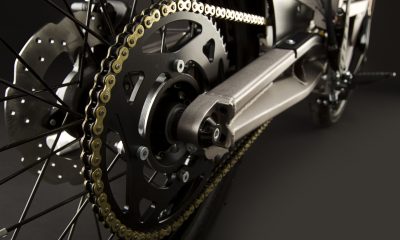





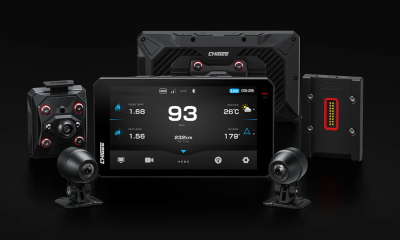
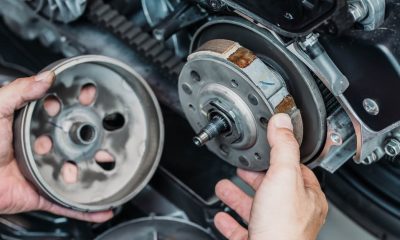

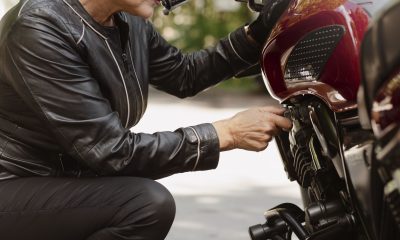












Facebook
Instagram
X (Twitter)
YouTube
LinkedIn
RSS